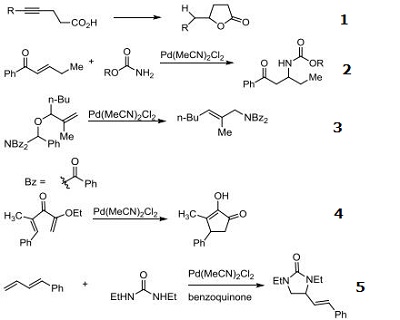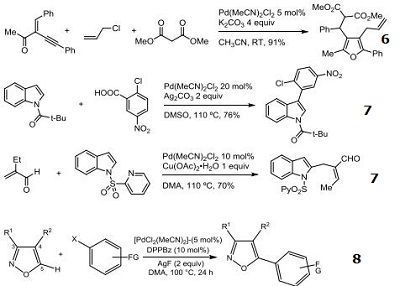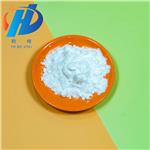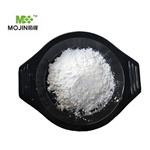Reaction
- Catalyst for the cyclization of δ-acetylenic carboxylic acids to butenolides.
- Catalyst for the aza-Michael reaction of carbamates with enones.
- Catalyst for the rearrangement of allylic imidates to allylic amides.
- Catalyst for the Nazarov cyclization of α-alkoxy dienones.
- Catalyst for the diamination of conjugated dienes.
- Three component Michael addition, cyclization, cross-coupling reaction.
- C-H activation of indoles.
- Catalyst used for the direct C-H arylation of isoxazoles at the 5 position.


Chemical Properties
Light yellow to Brown powder to crystaline.
Physical properties
Bis(acetonitrile)dichloropalladium(II) is a yellow-brown solid that is soluble in organic solvents. It is a reagent and a catalyst for reactions that require soluble Pd(II).The compound is similar to bis(benzonitrile)palladium dichloride.
Uses
It is used as a catalyst in an ether-directed aza-Claisen rearrangement. Also used in cyclization and cross-coupling reactions. It is applied for olefin isomerization, preparation of acetals and hemiacetal esters.
Uses
Catalyst used in an ether-directed aza-Claisen rearrangement.
Application
Synthesis of Oxindoles

To a dried screw-cap vial is added anilide (0.3 mmol), AgOCOCF3 (132.5 mg, 0.6 mmol), Bis(acetonitrile)dichloropalladium(II)
(3.5 mg, 0.015 mmol) and chlorobenzene. The reaction mixture is stirred
at 100-120 °C for 3-12 h in a pre-heated oil bath. After cooling to
room temperature, the reaction is diluted with EtOAc and filtered with a
glass filter. The filtrate is washed with 5% aqueous NaHCO3 and brine. The extract is dried over MgSO4 and concentrated in vacuo. The crude is purified by preparative TLC.
Preparation
Bis(acetonitrile)palladium dichloride is prepared by reacting two acetonitrile ligands and palladium(II) chloride.
General Description
This product has been enhanced for catalytic efficiency.
reaction suitability
core: palladium
reaction type: Buchwald-Hartwig Cross Coupling Reaction
reaction type: Heck Reaction
reaction type: Hiyama Coupling
reaction type: Negishi Coupling
reaction type: Sonogashira Coupling
reaction type: Stille Coupling
reaction type: Suzuki-Miyaura Coupling
reagent type: catalyst







